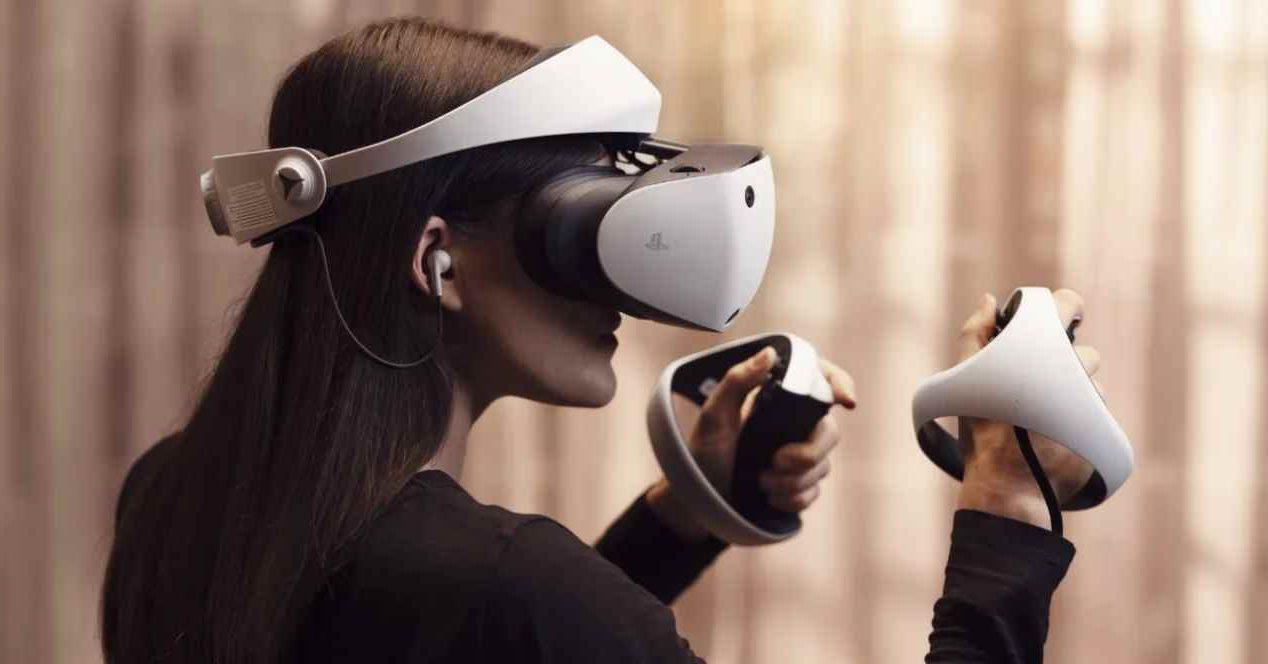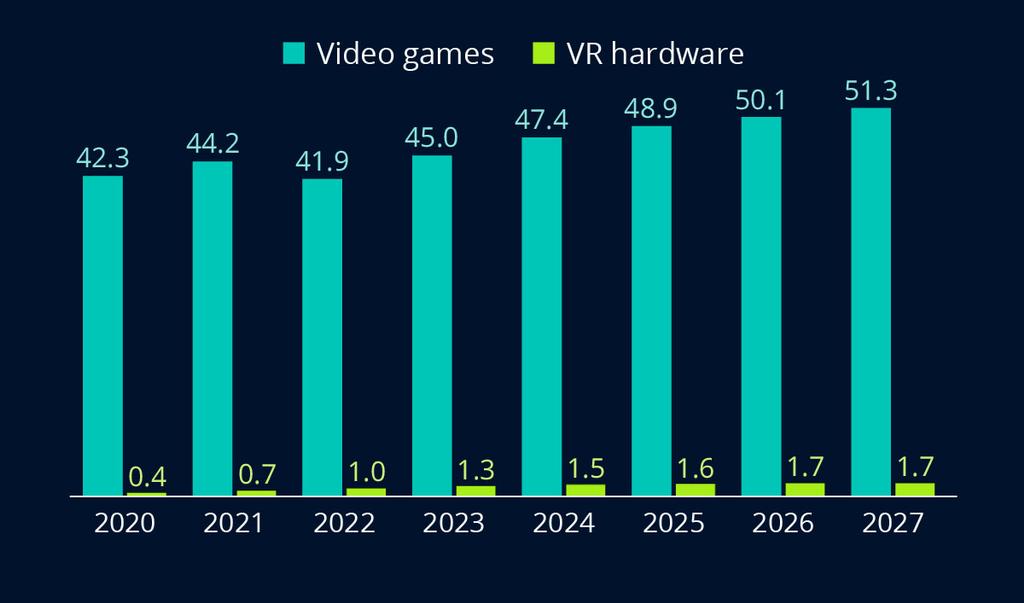
On February 22, the second generation of Sony virtual reality glasses for its PlayStation 5 hit the market and it did so, as is usually the case with the Japanese, wrapped in a marketing campaign that could give many to understand that the use of these devices is so widespread that they, who do not have one or even plan to buy one, are the weirdos for not jumping on the VR bandwagon.
A minority entertainment?
It is obvious that not too many studies are needed for us to quickly stop having that first initial sensation and realize that, around us, virtually no one has ever tried a virtual reality headset. What’s more, they don’t even have much interest in testing how you play with that in your head, much less go through the box and drop on average the between 400 and 600 euros that a decent team costs on PC or consoles.
Hardware is not only expensive, but We must be very clear about what kind of games we are going to find and that, not even remotely, can be compared with a launch that we could call traditional. Horizon Call of the Mountain in VR is a Horizon Forbidden West the same as an egg and a chestnut are similar, at least in terms of playability and gameplay it means. Another thing is that the immersive and 3D experience of hardware like PS VR 2 is so overwhelming that some users are willing to sacrifice some things to gain others.
Now, leaving aside what we feel, or what we imagine, whatwhat the figures say about the use of virtual reality in the global market and what expectations are there in the near future? Well, although there is a slight growth, it is clear that VR gamers are still little white unicorns.
The figures of virtual reality
It was the Statista website that has put figures on this use of virtual reality in the field of video games and makes it very clear that it is a very niche genre with which few users circulate. As you can see right here below, there is a clear upward progression that will continue until 2027 but that is growing at a slower rate than the number of users entering the video game market in general.
The graph that you have just above shows the degree of penetration of video games among the mass of users and, in light green at the bottom, the percentage that the hardware intended to enjoy with virtual reality represents. Although this year it is expected to reach 1.3%, in 2027 it will hardly have increased by 0.4% compared to the 6.3 that video games will do in general.
That is, with these data, it is not only evident that virtual reality in video games is a very small niche intended for a few players who blindly trust it, but also in the future its growth will be at a slower rate than the rest of the market, so it is increasingly expected that it will play a more residual role. Although another more positive reading is that, as long as it grows, it will continue to be profitable for many companies… among them Sony, which has launched its PS VR 2 despite the diminutive importance of this segment.




